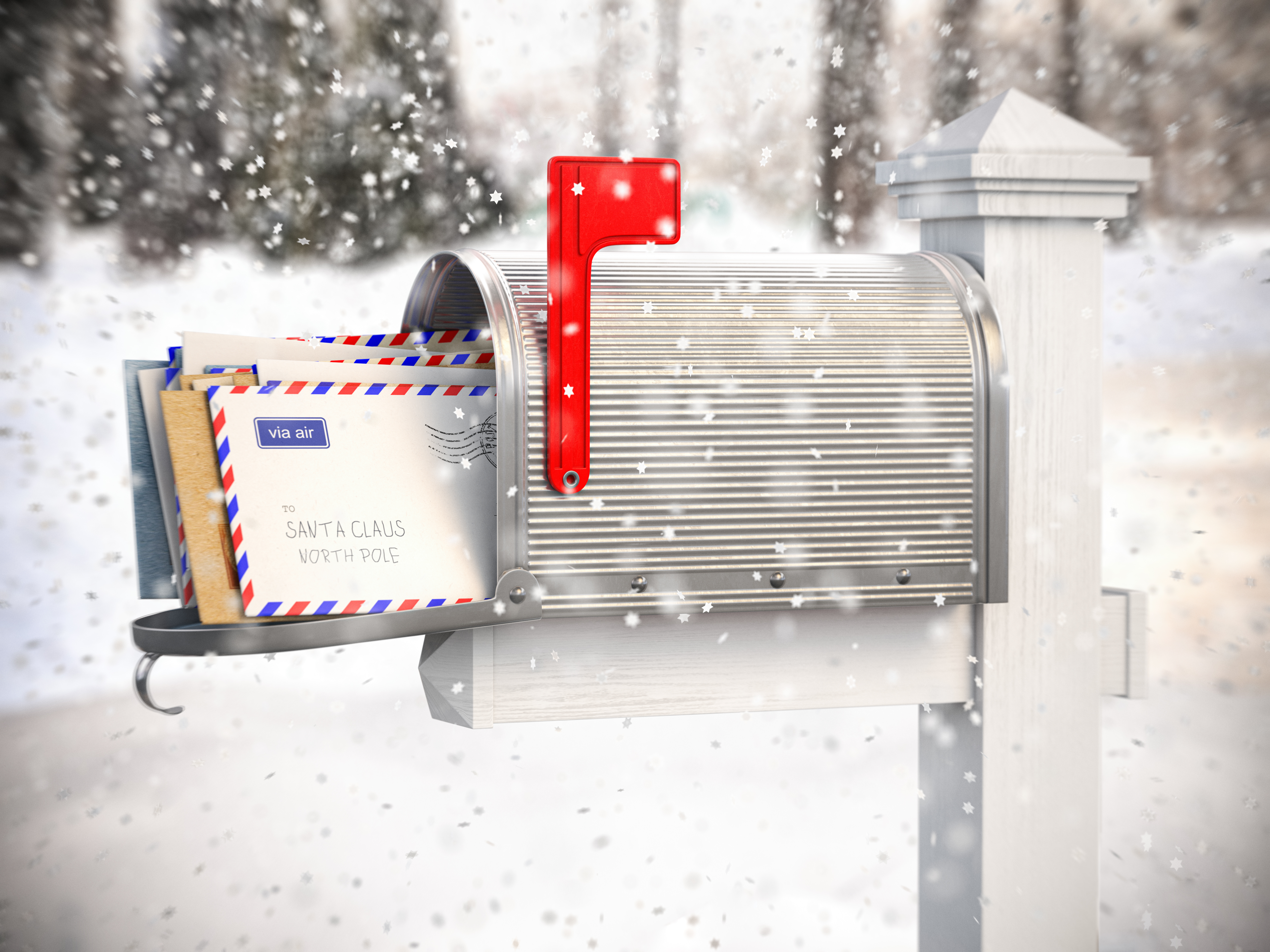Seasonal Direct Mail Marketing Strategies
In the fast-paced world of marketing, timing is everything. For businesses looking to maximize their impact and return on investment (ROI), tapping into the power of seasonal direct mail campaigns can be a game-changer. By aligning your marketing efforts with peak seasons—such as holidays, back-to-school, or even summer sales—you can engage customers when they are most likely to be in the buying mindset, driving both sales and customer loyalty. Here’s how you can make the most of seasonal direct mail marketing.
1. Understand Your Seasonal Opportunities
The first step in crafting a successful seasonal direct mail campaign is identifying the key seasons that align with your business. While holidays like Christmas, Thanksgiving, and Valentine’s Day are obvious choices, think beyond the traditional calendar. Consider other significant periods such as back-to-school, summer vacation, tax season, or even industry-specific events like trade shows or conferences.
For example, a clothing retailer might focus on back-to-school season, offering discounts on school uniforms and supplies. A restaurant could create a special campaign for Valentine’s Day, promoting a romantic dinner package. Understanding which seasons resonate most with your target audience will allow you to tailor your message accordingly.
2. Create Timely and Relevant Offers
Once you’ve identified the right seasonal opportunities, the next step is to develop offers that resonate with your audience. Seasonal direct mail campaigns are most effective when they tap into the emotions and needs of your customers at a particular time of year.
For instance, during the holiday season, people are often looking for gifts, so your direct mail piece could highlight gift ideas, special discounts, or bundled offers. During the summer, customers might be interested in outdoor activities or vacations, so promoting travel gear, summer sales, or outdoor dining options could be effective.
The key is to create a sense of urgency—limited-time offers, early bird discounts, or exclusive deals can encourage quick action.
3. Design with the Season in Mind
Your direct mail piece should visually reflect the season you’re targeting. This means incorporating seasonal colors, imagery, and themes into your design. For a winter holiday campaign, think red, green, gold, and snowy scenes. For a summer sale, consider bright, vibrant colors and images of sunny beaches or barbecues.
The design should evoke the season and appeal to your customers’ senses. Don’t forget to include clear calls to action (CTAs) that guide recipients on the next steps—whether it’s visiting your website, redeeming a coupon, or RSVPing to an event.
4. Segment Your Audience for Maximum Impact
Segmentation is crucial for any marketing campaign, and seasonal direct mail is no exception. By segmenting your audience, you can tailor your messaging to different customer groups, ensuring that each receives the most relevant offer.
For example, a retail store might segment its customer base by purchase history—sending back-to-school promotions to families with children and holiday gift ideas to frequent shoppers. Geographic segmentation can also be useful; a summer campaign might target customers in warmer climates, while a winter promotion could focus on areas expecting snow.
By delivering more personalized and relevant content, you increase the likelihood of engagement and conversion.
5. Plan Your Timeline Carefully
Timing is everything in seasonal marketing. You need to plan your direct mail campaign well in advance to ensure that your message reaches your audience at the optimal time. This means working backward from the desired in-home date to account for design, printing, and mailing times.
For instance, if you’re planning a Black Friday campaign, your direct mail piece should hit mailboxes at least one to two weeks before the event. For a Christmas campaign, early to mid-December is ideal. The goal is to give your customers enough time to act on your offer while the season is still relevant.
6. Integrate with Other Marketing Channels
To maximize the effectiveness of your seasonal direct mail campaign, consider integrating it with other marketing channels. A multi-channel approach ensures that your message is seen across various touchpoints, reinforcing your offer and increasing the chances of conversion.
For example, you could follow up your direct mail piece with an email reminder or promote the same offer on social media. Including a QR code or personalized URL (PURL) in your direct mail allows you to track responses and link customers directly to your online store or landing page.
7. Measure and Optimize Your Campaigns
As with any marketing effort, it’s essential to measure the results of your seasonal direct mail campaigns. Track metrics such as response rate, conversion rate, and ROI to determine the effectiveness of your campaign. Analyzing these results will help you understand what worked well and what could be improved for future campaigns.
Consider running A/B tests on different designs, offers, or mailing times to see what resonates most with your audience. Continuous optimization ensures that each seasonal campaign is better than the last, helping you build on your success year after year.
Conclusion
Seasonal direct mail marketing offers a powerful way for businesses to connect with customers during peak buying periods. By understanding the seasons that matter most to your audience, crafting timely offers, designing eye-catching mail pieces, and integrating your efforts across channels, you can boost sales and foster long-term customer loyalty. With careful planning and execution, seasonal direct mail can become a cornerstone of your marketing strategy, driving results when it matters most.
For more information on building you seasonal direct mail campaign, visit here.

